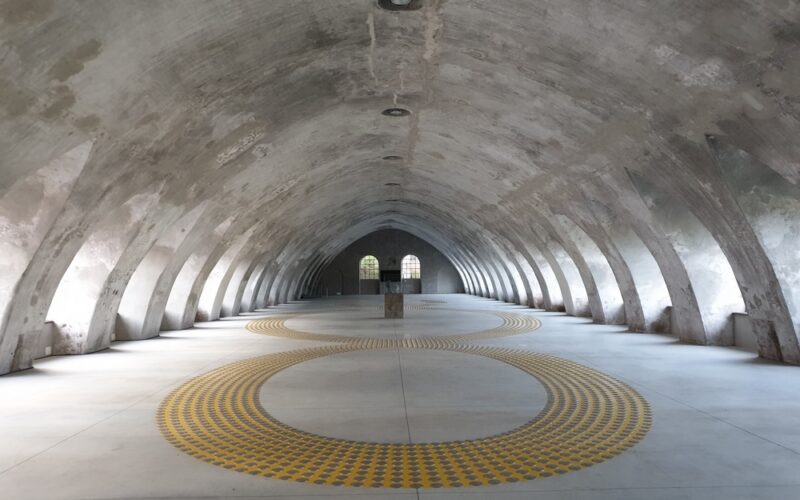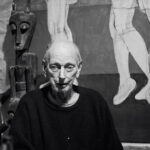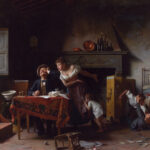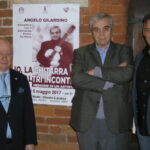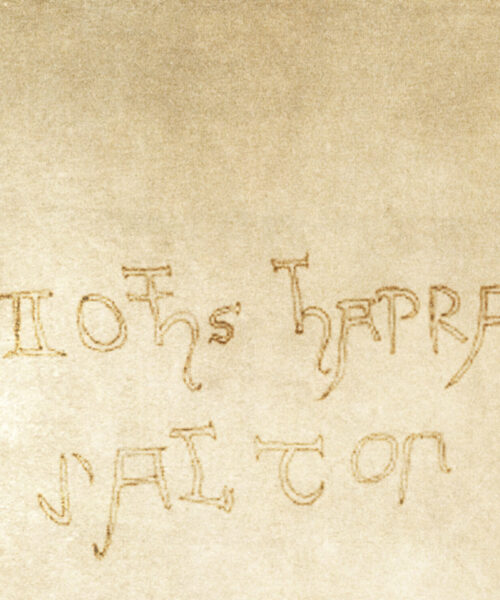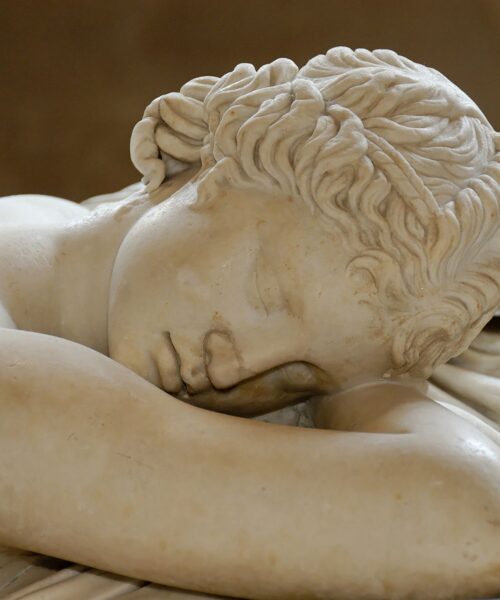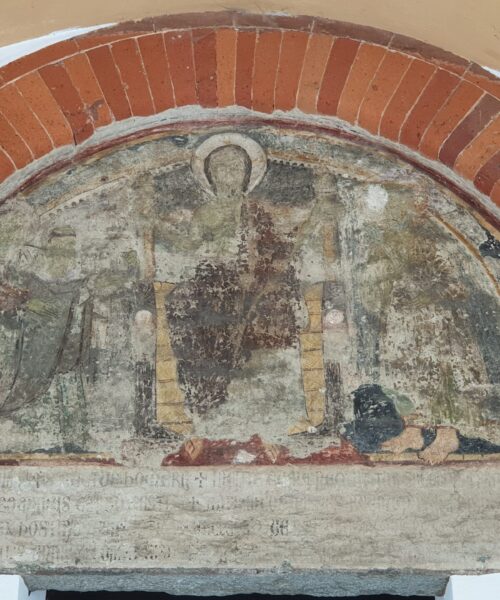An Intimate Encounter: The Artist and the Symbol
In the enveloping atmosphere of the studio, where sunlight seems to want to dance on the canvas and color pigments, Michelangelo Pistoletto confronts the very essence of his artistic vision. The air is charged with an almost tangible energy, as if the simple act of observing that symbol, the “Third Paradise”, could trigger a sort of spiritual alchemy. Time seems to expand, granting the artist and his masterpiece a dialogue that goes beyond words, an understanding that brushes the divine.
Pistoletto is a solitary navigator in a sea of artistic conventions and superficial expressions. His compass, however, is calibrated on coordinates that go beyond simple aesthetics; it is an orientation that points to the North Star of human responsibility, environmental sustainability, and social justice. And at the center of this ideal constellation, shines the symbol of the “Third Paradise”, like a lens that focuses the multiple facets of his art and his civil commitment.
The Third Paradise: A Skeleton Key for Humanity
This sign, seemingly simple but layered in interpretations, presents itself as an enigmatic key, a skeleton key that opens yet unknown locks. It is a call, a warning, a promise. With the “Third Paradise,” Pistoletto does not merely pose questions or stimulate reflection; he goes further, outlining a viable path, a strategy to harmonize the eternal antagonism between nature and human culture.
It’s no coincidence that this symbol has caught the attention of art theorists, activists, and thinkers. Its universality is such that it transcends disciplinary boundaries, becoming a banner for all those individuals seeking a moral compass in an increasingly uncertain world.
Symbolism as Action
Thus, at the heart of his creative laboratory, among the buzz of ideas and the heartbeat of golden light that seems almost to want to whisper its secrets, Michelangelo Pistoletto hands us not just a work of art, but a mission. The complexity of the “Third Paradise” lies precisely in this duality: it is both an aesthetic product and an act of silent revolution, a challenge that the artist throws to himself and the entire society.
In an era of dramatic changes and growing divisions, Pistoletto with his “Third Paradise”, three connected circles that, in a single glance, seem to reveal and hide an entire universe of meanings, offers us a trace, a sort of map of the soul, to find our place in the grand scheme of things. And in that moment of sublime interaction between the artist and the symbol, when even the sun seems to want to partake in the conversation, we understand that art can be, must be, a bridge towards a fairer, more sustainable, more human future.
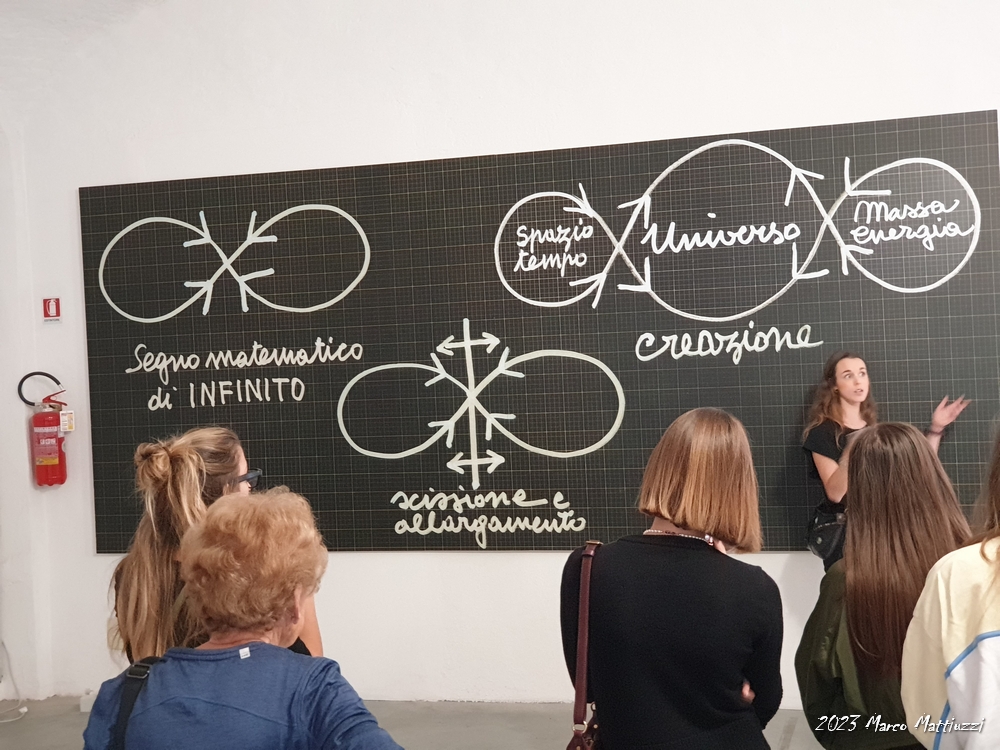
The Primordial Reality and the Challenge of Human Ingenuity
The circle on the left is a love song to nature, a hymn to life in all its manifestations. It’s about the untouched Earth, the deep oceans, and the snow-capped peaks, places that appear almost as altars dedicated to the divinity of nature. Yet, in this exaltation of nature, there’s a subtle melody of melancholy. An awareness that these sanctuaries are losing their inviolability due to the uninvited entry of man, armed with technology and driven by disproportionate ambition.
Shifting gaze to the opposite circle, we find ourselves facing an epic of ingenuity and discovery. This is the world shaped by humanity, a landscape of glittering cities, of vehicles flying towards the stars, and of virtual networks connecting continents. It is a triumph of intelligence and innovation, but also a testament to the extreme arrogance with which man has imposed himself on the planet. And so, while science and technology offer promises of a bright future, there’s also a sense of dissonance, a fear that our desire for conquest may become our nemesis.
The Heart of the Enigma: The Synthesis
But it’s the central circle that irresistibly draws the attention, like a magnetic pole calling for prayer. This is the Middle Earth, the bridge between two worlds in apparent contradiction. It is here that Pistoletto’s art brings forth its most potent message: the possibility and the necessity of a new alliance between humanity and nature, between the created and the constructed.
In this circle, the demarcation lines blur to give life to a single entity. It’s no longer a matter of “man against nature” or “technology against ecology.” Here, a vision of a dynamic balance manifests, where humanity uses its capabilities not to subdue, but to nourish; not to destroy, but to regenerate.
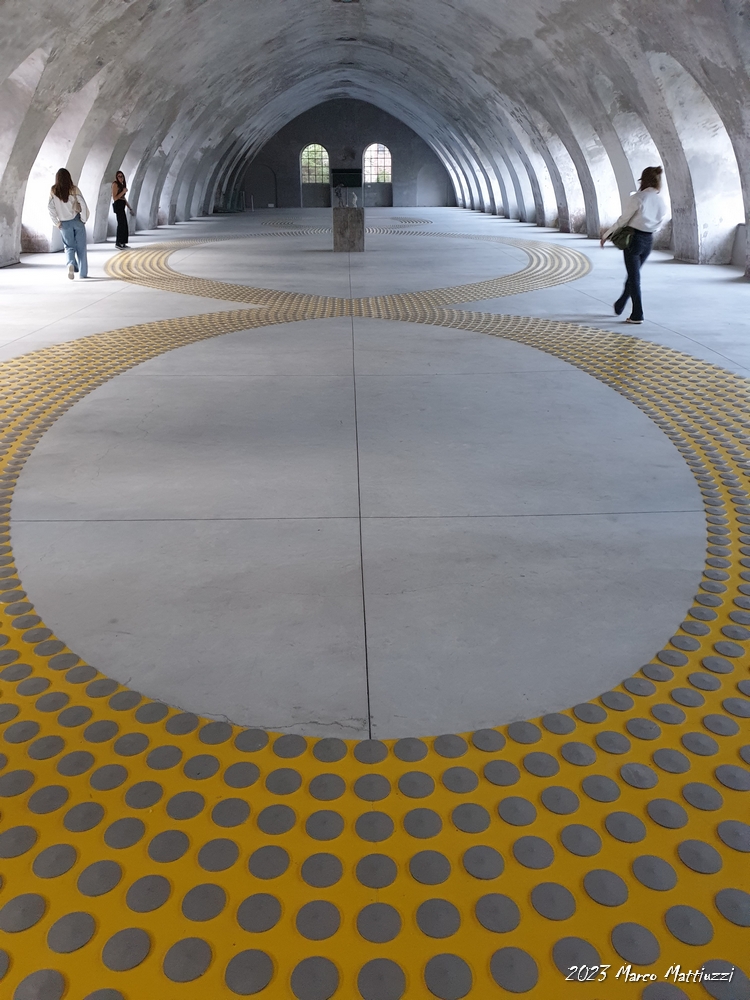
The Universal Language: Beyond Words
These circles, outlined with disarming simplicity, operate as a visual alphabet, a new language that speaks directly to the soul. In this geometric symbolism, Pistoletto shows us that true art has the power to communicate what words often fail to capture. It’s as if the circles themselves were enchanted, charged with an energy that awakens individual and collective consciousness, urging each one of us to become an active part of this evolution.
It’s an apparent simplicity that hides an abyssal depth, a complexity that calls into question not only aesthetic perception but also ethics and social commitment. It’s about an art that is not an end in itself, but becomes a vehicle for a greater mission: that of uniting, synthesizing, harmonizing.
A Utopian Vision or a Real Challenge?
Nel cerchio centrale, poi, risiede una sorta di utopia, un ideale a cui tutti dovremmo aspirare. Ma è un’utopia realizzabile o solo un’illusione? In un’epoca di cambiamenti climatici, disuguaglianze sociali e disaffezione politica, la visione di Pistoletto può sembrare lontana, forse irraggiungibile. Tuttavia, l’artista non si lascia intrappolare dalla disperazione. Al contrario, con il suo “Terzo Paradiso”, ci offre uno strumento per immaginare un futuro diverso, per costruire una narrazione che vada oltre la semplice critica e che indichi una via d’uscita, una soluzione, una speranza.
Non è solo un simbolo, ma un vero e proprio manifesto per un nuovo modo di abitare, per una nuova forma di interazione tra l’umanità e il mondo che la circonda. È un invito a ripensare i nostri valori, a riconsiderare il nostro ruolo di guardiani del pianeta, a riscoprire l’importanza del legame tra arte, etica e società.
Conclusion: Art as a Bridge Between Worlds
In conclusion, Pistoletto’s “Third Paradise” is more than just a piece of art. It’s a horizon, a vision, a call to action. It’s a signal inviting us to step out of our boundaries, both physical and intellectual, and embark on a journey towards a deeper understanding of ourselves and the world we live in. And as we observe those circles, simple yet invaluable, we realize that each one of us is part of this intricate cosmic dance, and that each one of us has the power to contribute to the creation of this “Third Paradise”, within reach, yet still all to be discovered.

